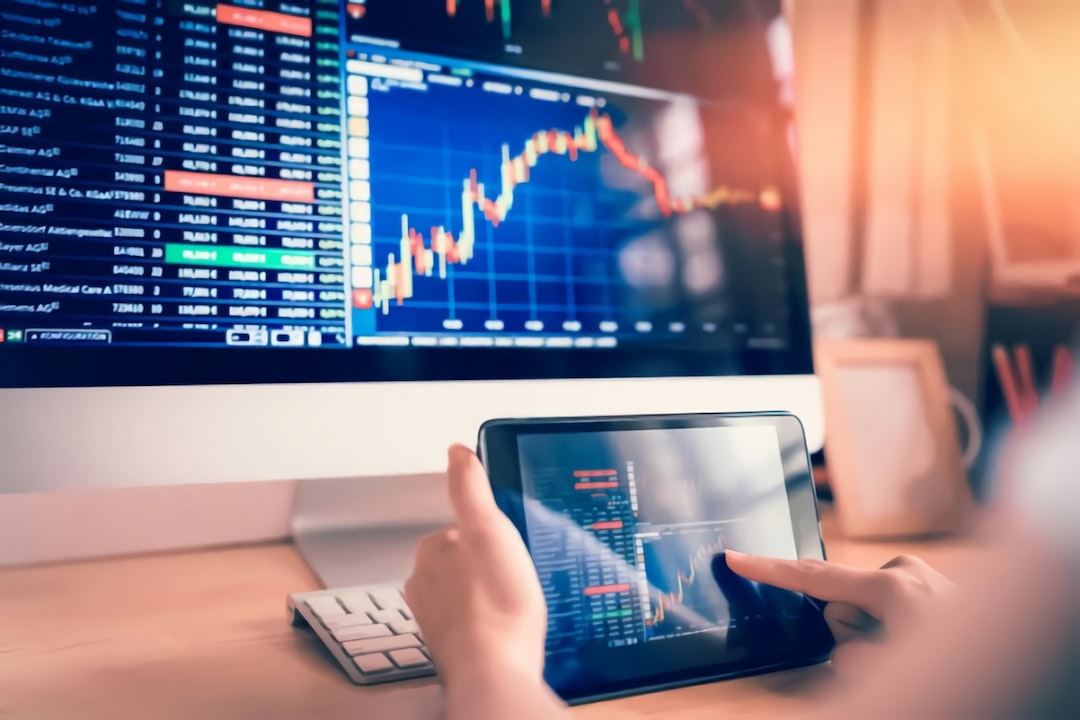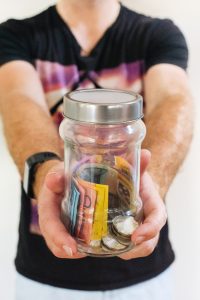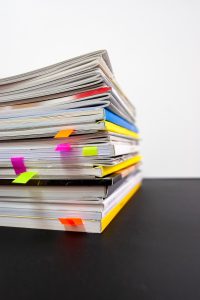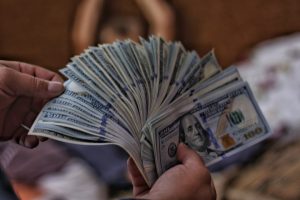Forex trading is one of the most dynamic and fast-paced ventures in the financial industry. As a forex trader, it’s essential to have a trading strategy that works. However, developing a trading strategy is not enough; you need to test it to determine its effectiveness. This is where backtesting comes in. Backtesting is a crucial tool in forex trading that allows traders to evaluate the performance of their trading strategies based on historical data. In this article, we’ll explore the basics of backtesting and how to backtest in forex.
What is Backtesting?
Backtesting is a process of evaluating a trading strategy using historical data to simulate how it would have performed in the past. The goal of backtesting is to identify the strengths and weaknesses of a trading strategy and determine its profitability. Backtesting involves applying a set of rules, indicators, and parameters to historical market data to see how the strategy would have performed under different market conditions.
Why is Backtesting Important in Forex Trading?
Backtesting is a critical step in developing and refining a trading strategy. It allows traders to test their strategies and analyze their performance without risking real money. It also helps traders to identify the strengths and weaknesses of their strategy, including the best entry and exit points, the stop-loss levels, and the target profit levels. Additionally, backtesting can help traders to optimize their trading strategy by tweaking the parameters to improve its performance.
How to Backtest in Forex?
To backtest a forex trading strategy, you need to follow these steps:
Step 1: Define the Trading Strategy
The first step in backtesting is to define the trading strategy you want to test. This includes identifying the indicators, parameters, and rules that make up your strategy. You should have a clear understanding of how your strategy works and what it aims to achieve.
Step 2: Gather Historical Data
The next step is to gather historical data for the currency pair you want to test your strategy on. You can get this data from your trading platform or third-party providers. The data should include the opening and closing prices, high and low prices, and the volume of trades for the specified period.
Step 3: Choose a Backtesting Platform
There are several backtesting platforms available for forex traders. Some of the popular ones include MetaTrader 4 (MT4), NinjaTrader, and TradingView. Choose a platform that suits your needs and is compatible with your trading strategy.
Step 4: Input Historical Data
Once you have chosen a backtesting platform, input the historical data you gathered in step 2. The platform will use this data to simulate the performance of your trading strategy in the past.
Step 5: Set Up the Trading Strategy
Next, set up your trading strategy on the backtesting platform using the indicators, parameters, and rules you defined in step 1. You should also set the initial capital, trading lot size, and other relevant trading parameters.
Step 6: Run the Backtest
Once you have set up the trading strategy, run the backtest. The backtesting platform will use the historical data to simulate the performance of your trading strategy. The results will show how your strategy would have performed in the past under different market conditions.
Step 7: Analyze the Results
After the backtest is complete, analyze the results. The results will show the profitability of your trading strategy, including the maximum drawdown, profit factor, and average win rate. You can use these results to optimize your trading strategy and make necessary adjustments.
Conclusion
Backtesting is a crucial tool in forex trading that allows traders to evaluate the performance of their trading strategies. It helps traders to identify the strengths and weaknesses of their strategy and optimize it for better performance. By following the steps outlined in this article, you can backtest your trading strategy and make informed decisions based on the results. However, it’s important to note that backtesting is not a guarantee of future performance, and traders should always use their discretion when making trading decisions.





